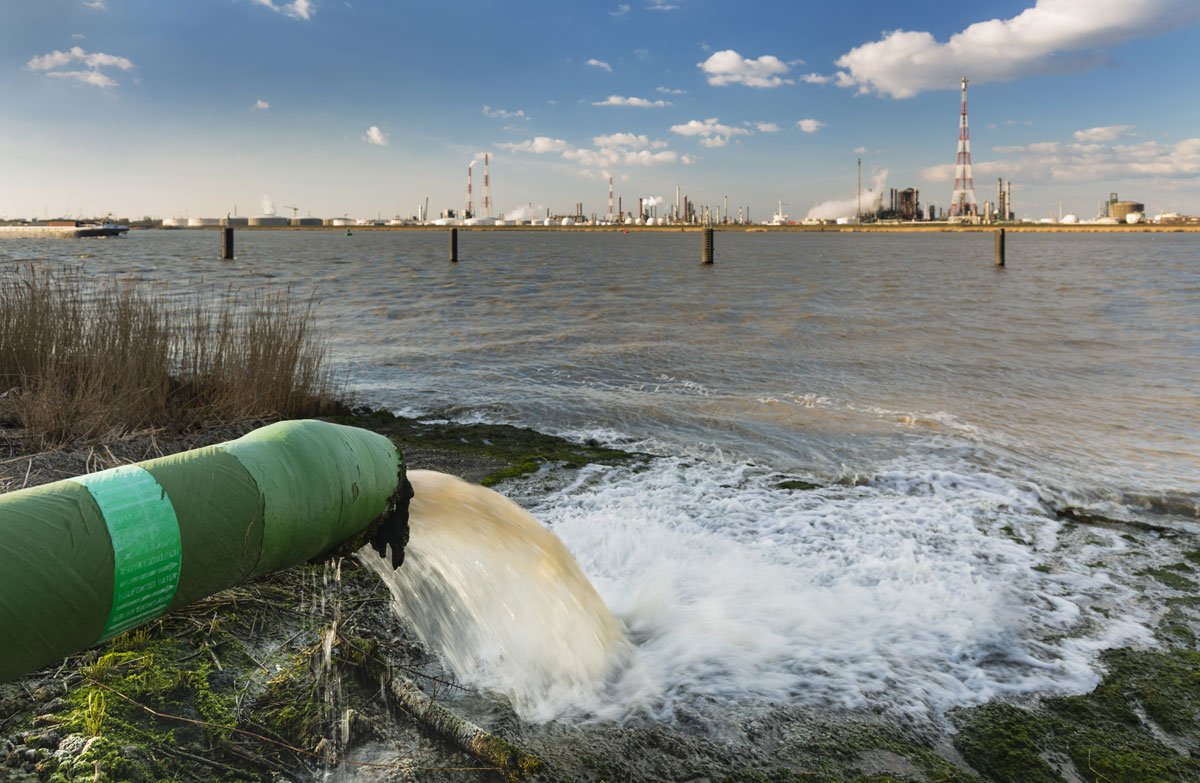“Dirty water is the world’s biggest health risk…threatening both quality of life and public health.”
The above quote was taken from the official web page of an American environmental protection agency, the NRDC (Natural Resources Defense Council).
Even though drinking water quality may vary in different parts of the world, water pollution is a problem that all of us should be aware of. Water Pollution and contamination is an increasing topic of concern, and all the health risks involved should be well understood.
What exactly is contaminated water?
Water pollution is the contamination of water bodies. Water is said to be contaminated once enough pollutants are introduced to render it unsafe and unacceptable for human consumption or unable to support human life.
Hygiene is the #1 cause of Gastro
A World-Wide Crisis
According to the Australian National Health and Research Council, “….in recent decades, there have been numerous examples throughout the world of poor water quality having an adverse impact on human health.
The most common and widespread health risk associated with drinking water is contamination, either directly or indirectly, by human or animal excreta and the microorganisms contained in feces.”
The greatest risks to you when drinking water are pathogenic (capable of producing disease) microorganisms. Waterborne pathogens which can cause outbreaks of illness in communities, in some cases causing death.

Did you know nearly 96% of people suffer from Gastro in their life
Dangers and Consequences
Pathogenic microorganisms are disease producing microorganisms such as viruses, bacterial diseases and parasitic worms.
What is a virus?
A virus is a microscopic parasite of plants, animals, and bacteria in well water that can cause disease.
Some of the more common viral infection effecting world water today are: Gasroeneritus (cause of Diarrhea), Hepatitus A, Polio, Dengu Fever, Salmonella infection and dysentery.
What is a bacterial disease?
Bacteria are single-celled, microscopic organisms found in all environments. These environments include soil, water, and the bodies of animals and humans.
Some of the more common bacterial diseases effecting world water today are: Cholera, E.coli, Dysentery, Salmonella, and Typhoid Fever.
What is a parasitic worm?
Parasitic worms are worm like organisms that feed on their living host, using them as a source of nourishment and protection. Parasitic worms live in the intestines and other organs. They cause disruption to their hosts nutrient absorption which causes disease and illness in humans.
Some of the most common by parasitic worm related diseases effecting world water today are: Guinea Worm Disease, Schistosomiasis, Enterobiasis, Ascariasis, and Tapeworms.
How are our waters polluted?
When it rains the water picks up human and animal feces and harmful chemicals from the ground. These travel with the water and end up in rivers, lakes, and underground water supplies.
In most cases water pollution begins at the water source. There are two main sources of water. The first is surface water from rivers and lakes. Surface water can become contaminated from acid rain, polluted storm water, pesticide in the ground, and industrial waste making its way into the water source.
The second is groundwater, which comes from private wells or public water supplies.
Groundwater can be polluted by contaminants that drain into the water source from: landfills and septic systems, careless disposal of hazardous products, chemicals used in farming and agriculture, and leaking underground storage tanks.
The above ways of contamination are avoided when the water is passed through modern water treatment techniques and facilities. However, this in itself introduces its own dangers. Strong chemicals are used in the water treatment process and these chemicals can be harmful when consumed over long periods of time. According to the Global Healing Centre some of the proven effects of long term exposure to strong chemicals in drinking water are: brain damage, Alzheimer’s disease, dementia and cancer.
Some of the most common chemicals effecting world water today are: Fluoride, Chlorine, mercury, PCB’s (a man made chemical), MtBE (contained in gasoline), Dioxin, HCB (hexachlorobenzene), DDT (a organochlorine insecticide).
Toxic metals enter our water systems and supplies through industrial process as well as from materials used in your plumbing system. These include arsenic, barium, chromium, lead, mercury, and silver, and can cause acute poisoning and cancer, as well as other health effects.
Diarrhea – A Global Epidemic
The biggest world spread disaster of contaminated water is Diarrhea.
The World Health Organization has pin pointed Diarrhea as a main fatality, causing 4% of all deaths world-wide. Each year there are approximately 4 billion cases of diarrhea world-wide. In 1998, Diarrhea was estimated to have killed 2.2 million people, most of whom were under 5 years of age.
Make sure you take all precautions necessary when drinking water. For added safety in the home and out the home, we recommend the use of SureAqua water filter products.




